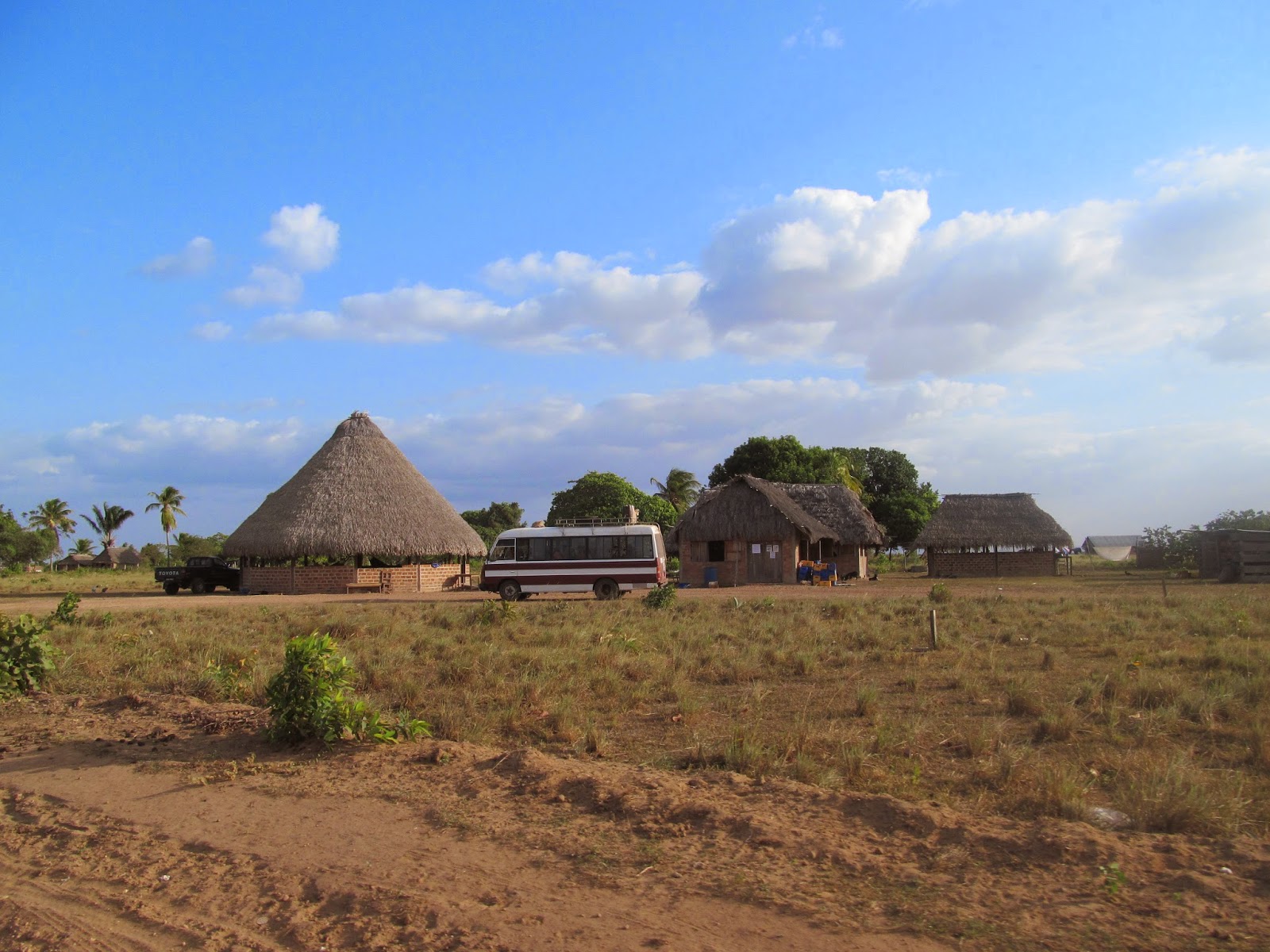Catilernau Outstation is some 50 miles from Dadanawa Ranch but is a very
vital part of the Ranch. A beautiful
setting with the traditionally built living quarters and corral are centered with
a 360 panorama of beauty overlooking a more fertile valley with a creek that
despite the dryness of the savannah, still has water. Our trip in the RDC truck took less than 1 ½
hours. We were met by Charlie, the
manager of Catilernau Outstation and his capable wife, Agatha. Together they operated the station with very
little outside help. Amazingly, they
manage 2000 of the 3700 Dadanawa Ranch cattle at this outstation.
We were impressed by all aspects of the management of the
outstation. Cattle are brought into the
corral twice a month. The previous day,
a message had been sent to the nearby village and conveyed to their
grandchildren that visitors would be coming to the outstation the next day. So, the children brought the message to
Charlie late afternoon (there is no way to communicate directly with the
outstation). Right away they saddled
their horses and brought in 100 head of cattle to the corral for us!
The original house burned several years ago. The two replacement houses were again built
with thatched roofs but cooking is done in shelter away from the house.
Until recently, all water for household use had to be carried from the creek. Hand woven back backs were available for both adults and children to carry water.
 |
| Hand Woven Backpacks to Carry Water |
Since the new owners took over, two men were hired to dig a 40 foot well for Catilernau Outstation. Digging a well is serious business! The ladder does not reach to the bottom so a rope has to be used to get to the ladder. The well is beautifully bricked and has a hand operated winch to lower the pail for water.
We were impressed with the cattle.
Healthy, docile showing that they had been handled. Allan had his eye open for potential bull
calves for breeding choices. A bull took
no heed of us and was actively inseminating cows!
Charlie is full of enthusiasm and Agatha enjoys humour. We delivered seeds for the garden they are
planning. Rain is needed; the soil is
impenetrable and impossible to put a shovel into never mind a pick! Termites seem to have a secret, their nests
are architectural master pieces sporadically peppered throughout the
landscape.
For a person who has a pioneering spirit, loves cattle and horses,
doesn’t mind isolation or minimalist living, this would be a great spot to
learn the art of Ranch management with a skilled and personable couple.



































